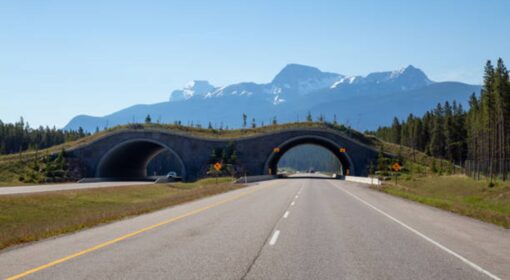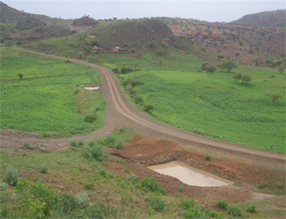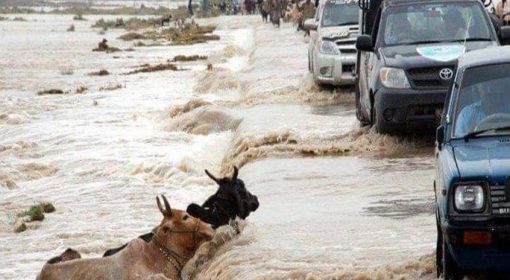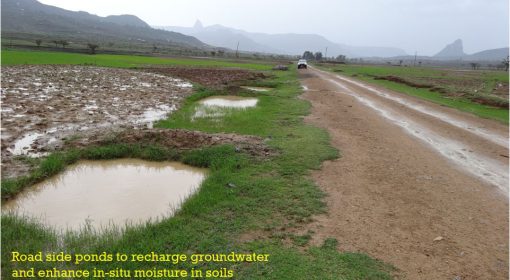By Taye Alemehayu (MetaMeta Research)
This write-up makes the case to integrate the development of road with water and land management in Liberia to preserve food security in community rice cultivation, to safeguard productive wetlands and to avoid the opening up of new lands.
Agriculture is the primary livelihood source for more than 60 percent of Liberia’s population and provides sustenance for many households who engage in farming of rubber, rice, oil palm, cocoa, and sugarcane. However, low agricultural productivity results in Liberia importing more than 80 percent of its staple food, making the country vulnerable to global food price volatility. On top of the existing complex problem associated with agriculture productivity, new road constructions are imposing problems. Associated with decreasing flow and lowering of rainfalls, road constructions are leading to land use conversions (Figure 1& 2). As road construction is intensifying, this problem is becoming an emerging problem felt by affected farmers.

What is happening? With the construction of roads areas of lowland rice fields on downstream side of roads are getting lower amount of flows that are not sufficient enough to cultivate paddy rice. As a result farmers that can afford staying for few years are forced to switch to palm tree on valley bottoms. Those who cannot afford waiting for years to have the income from the palm trees, clear forests and cultivate upland rice. The negative impacts of road on livelihood are not limited to this. The unnecessary water level rise on upper side of roads create impoundments (Figure 3a) that elevate the water to unmanageable levels to make rice cultivation and management difficult. Change in soil texture, as a result of silt accumulation, and the turbid nature of the upstream waters are said to affect productivity of rice. Children and women are the most affected by the water level rise.

Loss of aquatic life that serve as a food source for the villagers is also one of the negative impacts happening with the introduction of new roads and changing climate that lead to diminishing and disappearing wetlands. Such impacts are largely visible on tarmacked and gravel roads, but are less in low volume rural roads (Figure 3b).

There are however examples in Liberia that can contribute towards the conservation of the wetlands. Culverts that are designed to serve as micro-dam with regulated flow through irrigation canals as seen in Figure 4 below are preserving the wetland for the dry season and avail water to the irrigated rice field downstream. However, sometimes this good practice is undermined by developing a conveyance canal to allow larger flow to the downstream side and also to use the upstream side land for paddy rice rather than as a reservoir. Construction of this large dimension cross drainage will empty the water in the reservoir and may end-up in loosing the yearlong availability for the irrigation area downstream.

Figure 4: Land use change as a result of low volume roads construction
There is a huge need to improve the practice in building and maintaining roads in Liberia and make roads instruments for green development and water management. The road network in Liberia is greatly underdeveloped and is in fact among the least developed in West Africa. Liberia has a total area of 111,370 km² and a road system with a total length of 10,600 km. Of these, only 657 km are paved while 9,943 km are unpaved. Out of the 10,600 km roads in Liberia, less than a quarter are classified as all-weather roads (http://dlca.logcluster.org).
Liberia has a tropical climate with hot and humid all year round, a rainy season from May to October. Places like Monrovia gets on average 4624 mm of rainfall per year. On average there are 182 days per year with more than 0.1 mm (0.004 in) of rainfall or 15.2 days with a quantity of rain per month. Along the coast, the rainfall exceeds 3,000 millimeters per year. Added to the high amount and the nature of rainfall, the dominantly flat and undulating topography imposes more future challenges. Unless groad water management is considered in designing future road development and management activities, sustainability of roads and livelihood of poor farmers will be largely affected.



